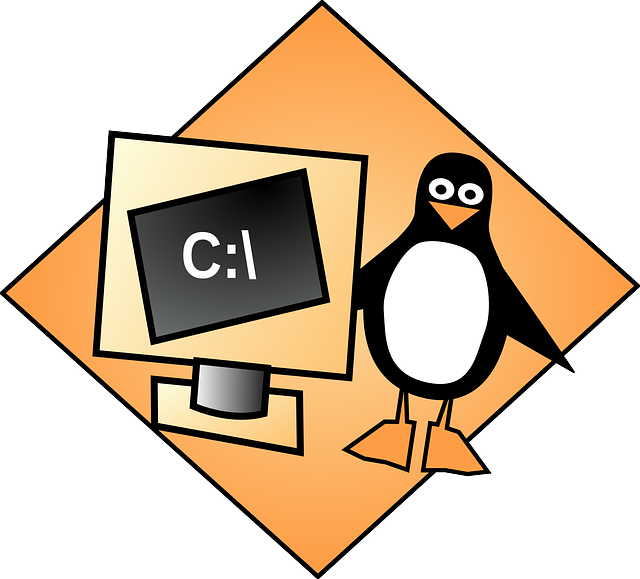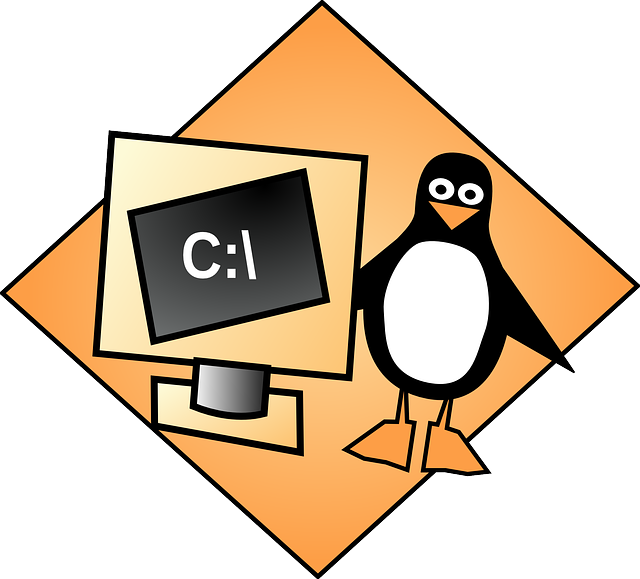Category: AlmaLinux
#AlmaLinux: A New Player in the World of Linux
Linux has long been a popular choice for operating systems, especially in the world of servers and enterprise systems. With its robust stability and open-source nature, it’s no surprise that it has a dedicated following. However, the Linux community was recently thrown for a loop when CentOS announced that it would be shifting its focus away from the CentOS Linux distribution and towards CentOS Stream. This news left many users looking for an alternative, and that’s where AlmaLinux comes in. In this article, we’ll dive into what AlmaLinux is, how it compares to CentOS, and why it’s quickly becoming a favorite in the Linux community.
## What is AlmaLinux?
Before we dive into the specifics of AlmaLinux, let’s start with the basics. AlmaLinux is a community-driven, 100% bug-for-bug compatible fork of Red Hat Enterprise Linux (RHEL) 8. It was created by the CloudLinux team as a replacement for CentOS Linux, which will reach its end of life in 2021. AlmaLinux aims to provide a stable and free alternative for those who are looking to migrate from CentOS or who are simply looking for a reliable and open-source operating system.
## How Does it Compare to CentOS?
AlmaLinux and CentOS share a lot of similarities, but there are also some key differences between the two. As mentioned earlier, AlmaLinux is a fork of RHEL, while CentOS used to be a rebuild of RHEL. This means that AlmaLinux has the same codebase as RHEL, making it 100% compatible with its packages and applications. On the other hand, CentOS Stream, the new focus of CentOS, is not an exact copy of RHEL, which can lead to potential compatibility issues.
Another difference between AlmaLinux and CentOS is their release cycle. AlmaLinux will have a stable release every 2 years, while CentOS Stream follows the rolling release model. This means that AlmaLinux provides a more stable and predictable experience, while CentOS Stream may introduce new features and updates more frequently.
## Why is it Gaining Popularity?
The announcement from CentOS came as a shock to many users who have been relying on it for their server needs. AlmaLinux quickly gained popularity because it aims to fill the gap left by CentOS and provide a stable and familiar experience for its users. The fact that it is fully compatible with RHEL and offers long-term support makes it an attractive option for businesses and enterprises.
But it’s not just about filling the gap. AlmaLinux has also made some improvements and added new features, making it even more appealing. For instance, AlmaLinux has added support for Secure Boot, a feature that was not available in CentOS. It also offers improved performance and faster updates, making it a more efficient option for server environments.
## How to Migrate to AlmaLinux?
If you’re currently using CentOS and are looking to make the switch to AlmaLinux, the process is quite simple. AlmaLinux provides a migration script that automates the process of migrating from CentOS. The script takes care of updating repositories, replacing CentOS packages with AlmaLinux packages, and configuring the system for AlmaLinux updates. Additionally, AlmaLinux also offers support for in-place upgrades from CentOS 8 to AlmaLinux 8, so you can seamlessly transition without any downtime.
## The Future of AlmaLinux
With its recent launch, AlmaLinux is still in its early days, but it has already gained a significant following. Its founders have committed to providing regular updates and support for at least 10 years, giving users confidence in its longevity and reliability. Additionally, the community support and involvement in the development of AlmaLinux make it a promising future contender in the world of Linux distributions.
## Frequently Asked Questions
Q: Is AlmaLinux free to use?
A: Yes, AlmaLinux is completely free and open-source.
Q: Can I use AlmaLinux for personal use?
A: Yes, AlmaLinux is suitable for personal use and can also be used in production environments.
Q: What are the minimum system requirements for AlmaLinux?
A: The minimum system requirements for AlmaLinux are 2 GB of RAM and 20 GB of hard drive space.
Q: Can I run AlmaLinux on any hardware?
A: Yes, AlmaLinux is compatible with most x86-64 hardware.
Q: How do I get support for AlmaLinux?
A: AlmaLinux has a dedicated community forum where users can ask for help and support from the community and developers.
In conclusion, AlmaLinux has quickly become a popular choice for users looking for a stable, free, and reliable Linux distribution. With its compatibility with RHEL, regular updates, and the promise of long-term support, it’s no surprise that it’s quickly gaining traction in the Linux community. Its future looks bright, and it’s definitely worth considering for all your server and enterprise needs.
AlmaLinux 9.4 Beta ‘Seafoam Ocelot’ now available – BetaNews
The AlmaLinux OS Foundation has officially released the beta version of AlmaLinux 9.4, codenamed “Seafoam Ocelot,” available for v…….
AlmaLinux 9.4 Beta Restores Support For Some Hardware Deprecated By RHEL – Phoronix
AlmaLinux 9.4 Beta is out today for this popular community-oriented Linux distribution derived from upstream Red Hat Enterprise Linux. Besides pulli…….
AlmaLinux in the Cloud: Support and Management Best Practices – Security Boulevard
Management and support are key components for the efficient utilization of an operating system in cloud computing environments.
Adopting security be…….
AlmaLinux 9.4 beta prepares to tread where RHEL dares not – The Register
The bigger RHELatives continue to diverge slightly from Red Hat, with additional drivers and newer kernel versions.
The AlmaLinux project has announ…….
AlmaLinux 9.4 beta is out: 4 reasons to consider it for your desktop – ZDNet
Screenshot by Jack Wallen/ZDNETZDNET’s key takeawaysAlmaLinux is a rock-solid, secure operating system and the latest beta is available now for do…….






























